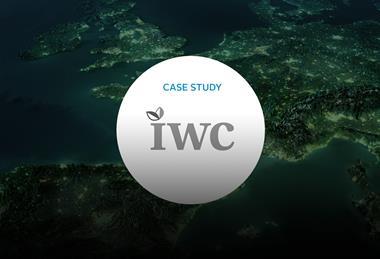Close menu
- Home
- About us
- Signatories
- News & events
-
Investment tools
- Back to parent navigation item
- Investment tools
- Introductory guides to responsible investment
- Principles to Practice
- Investment case database
- Stewardship
- Listed equity
- Fixed income
- Private markets
- Hedge funds
- Investing for nature: Resource hub
- Investing for climate: Resource hub
- Asset owner resources
-
Sustainability issues
- Back to parent navigation item
- Sustainability issues
-
Environmental, social and governance issues
- Back to parent navigation item
- Environmental, social and governance issues
- Environmental issues
-
Social issues
- Back to parent navigation item
- Social issues
- Social issues - case studies
- Social issues - podcasts
- Social issues - webinars
- Social issues - blogs
- Cobalt and the extractives industry
- Clothing and Apparel Supply Chain
- Human rights
- Human rights - case studies
- Modern slavery and labour rights
- Covid-19
- Just transition
- Governance issues
- Climate change
- Sustainability initiatives
- Sustainability outcomes
- Sustainable markets
- Research
- Policy
EU taxonomy alignment case studies
From 2022, investors that offer funds in Europe described as “environmentally sustainable” will need to explain how, and to what extent, they have used the taxonomy in determining the sustainability of the underlying investments. They must also disclose the proportion of underlying investments that are taxonomy-aligned as a percentage of the investment, fund or portfolio.
Testing the taxonomy: insights from the PRI Taxonomy Practitioners Group
This report shares insights from the first comprehensive set of case studies around how to use the EU Taxonomy.
“Ensuring that the taxonomy is aligned with company non-financial reporting requirements is integral to the success of the regulation.”
“Industry groups and trade associations have a role to play in translating the taxonomy into an industry reporting standard, supported by best practice processes and assurance requirements.”
“Push to ensure that the taxonomy becomes a global standard that is widely used by leveraging market participants and institutional investors.”
Case studies
- Previous
- Next
“While detailed in-house analysis and application of the EU Taxonomy is very time-consuming, we believe there is value in understanding all the pitfalls. This should help to assess the robustness of the approaches taken by different data providers, even if applied on a limited sample of issuers or GBs.”
“There is value in nurturing an understanding of a company’s culture, regulatory environment and the industry in which it operates. This will avoid overburdening companies to report information that may not add value to the investment process.”
From policy to practice: testing the EU taxonomy
2020-09-10T05:00:00+01:00
By Will Martindale, Director of Policy and Research, PRI
- The PRI is an investor initiative in partnership with UNEP Finance Initiative and UN Global Compact.

- PRI Association, 1st Floor 20 Wood Street, London EC2V 7AF United Kingdom
- Company no: 7207947
- +44 (0)20 3714 3141
- [email protected]
-
PRI DISCLAIMER
This website and material herein is provided for information only. It is not intended to be investment, legal, tax or other advice, nor is it intended to be relied upon in making an investment or other decision. PRI Association is not responsible for any decision made or action taken based on information on this website. Visitors retain sole discretion over whether and how to use the information contained herein. PRI Association is not responsible for and does not endorse third parties featured on this website or any third party content, websites, or other resources that may be included or referenced herein. Unless otherwise stated, content does not necessarily represent the views of signatories to the Principles for Responsible Investment. All information is provided “as-is” with no guarantee of completeness, accuracy or timeliness, or of the results obtained from the use of this information, and without warranty of any kind, expressed or implied. PRI Association is committed to compliance with all applicable laws. Copyright © PRI Association 2025. All rights reserved. This content may not be reproduced, or used for any other purpose, without the prior written consent of PRI Association.
Site powered by Webvision Cloud









































